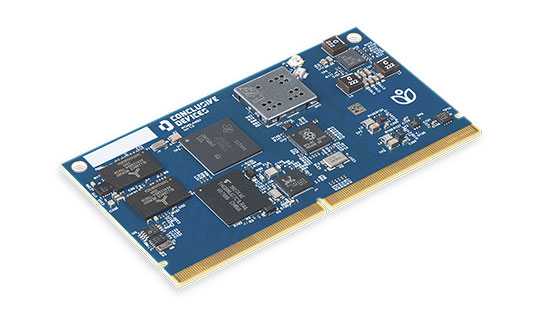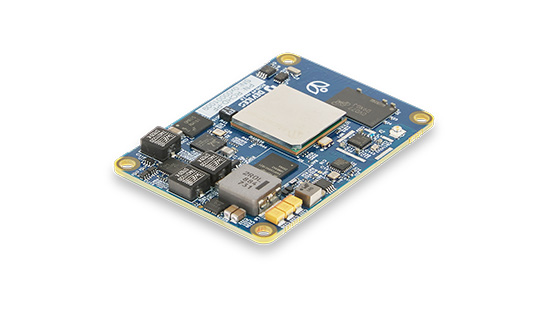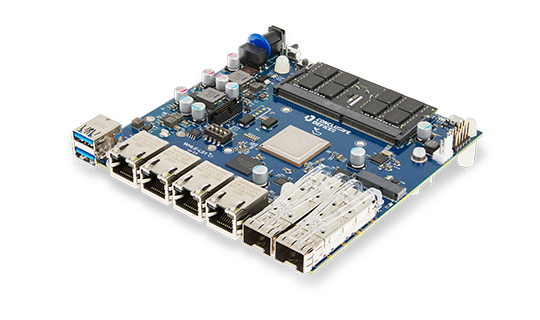An embedded system is a combination of hardware and software specifically designed to perform dedicated functions. Many of our everyday devices are, in fact, embedded systems, even though we often don't realize it. These systems are an integral part of our daily lives, impacting various aspects. Let's dive deeper into what embedded systems are and how they affect our daily lives.

What Is an Embedded System?
An embedded system, as defined by Ben Lutkevich, is "a combination of computer hardware and software designed for a specific function" (2020).
In the Barr Group glossary, we find a more detailed definition: "A combination of computer hardware and software, and perhaps additional mechanical or other parts, designed to perform a dedicated function. In some cases, embedded systems are part of a larger system or product, as in the case of an antilock braking system in a car" (n.d.).
These definitions of embedded systems, while informative, overlook several crucial aspects that provide a more comprehensive understanding of this technology:
- User Interface (UI): The definitions omit the fact that embedded systems can vary in terms of their user interfaces. Some may have a simple interface, while others can feature complex graphical user interfaces (GUIs). The presence and complexity of the UI can significantly differ between different embedded systems.
- Diverse Range of Devices: It's essential to emphasize that embedded systems encompass a wide range of devices. They can include everyday electronic devices that we use in our homes, as well as more specialized devices designed for specific industries or fields.
- Operating Systems: The definitions do not address the types of operating systems used in embedded devices. In most cases, real-time operating systems (RTOS) are employed for their ability to provide precise timing and responsiveness. However, with more advanced hardware, near-real-time operating systems may also be used. Lightweight versions of Linux are a popular choice, although various operating systems can be utilized based on the specific requirements of the embedded system.
- User Expectations: Embedded systems are often expected to be highly reliable and operate seamlessly in any environment or condition. They are designed to be user-friendly, allowing users to set them up easily and forget about maintenance. This stands in contrast to personal computers, where users are often involved in software updates and hardware upgrades.
By considering these additional aspects, we gain a more comprehensive understanding of embedded systems and their significance in our daily lives.
What Devices Are Embedded Systems?
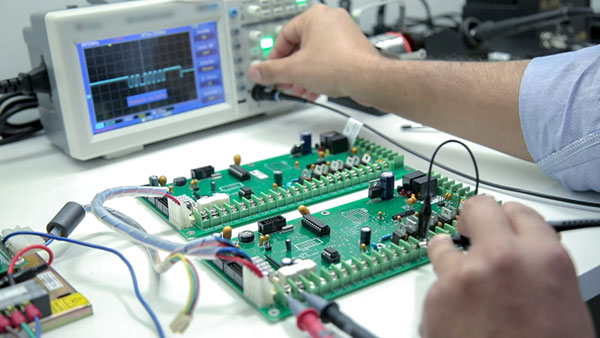
As we mentioned in the introduction, many devices that we use every day are really embedded systems. To make this concept more visible and realistic, take a look at some typical examples of such devices:
- TVs: Modern televisions are equipped with embedded systems that handle various functions, from processing video signals to running smart TV apps.
- Game Consoles: Game consoles like Xbox and PlayStation are sophisticated embedded systems designed for gaming and multimedia entertainment.
- Washing Machines/Dryers: Household appliances such as washing machines and dryers use embedded systems to control washing cycles and ensure efficient operation.
- Access Point/Modem: The access point or modem provided by your internet service provider relies on embedded systems to manage your internet connection and Wi-Fi network.
- Printer: Printers utilize embedded systems to process print jobs and manage their functions, including scanning and photocopying.
- Coffee Machine: Many modern coffee machines feature embedded systems that allow users to customize their coffee preferences and brewing methods.
- Home Heating System: Smart thermostats and home heating systems use embedded technology to regulate indoor temperatures efficiently.
- IoT Devices: Various IoT devices, such as smart lightbulbs and connected appliances, are powered by embedded systems for remote control and automation.
- Self-Driving Cars: Autonomous vehicles heavily rely on embedded technologies for navigation, sensor fusion, and control, enabling them to operate safely and autonomously.
- Solar Panel Controllers: Solar panel systems employ embedded systems to optimize energy production and monitor performance.
Why do we need Embedded Systems?
In some applications, using a microcontroller or microprocessor with an operating system may seem unusual. So, why are embedded systems necessary in the first place? Historically, devices were typically developed using discrete components, which resulted in prolonged design times.
Additionally, implementing any changes to the finished product was nearly impossible. In contrast, most modern home appliances require Internet connectivity to download firmware updates immediately after being unpacked.
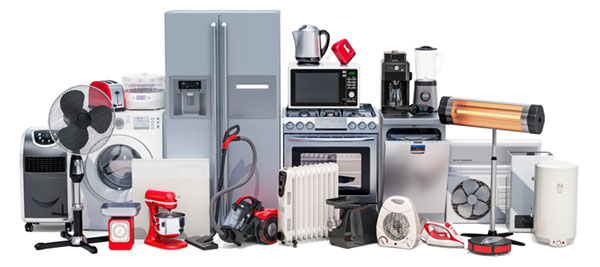
Thanks to embedded system designs, we can now deliver security fixes, functionality improvements, and necessary changes even after a product's release and delivery. Such post-release updates were unimaginable in the past, but today, they are the de facto standard.
Customers now seek connected devices with rich interfaces and extended support. By adopting a systems approach, we can meet all these requirements without significantly increasing manufacturing costs.
The Different Classifications of Embedded Systems
Considering the wide array of devices that employ embedded systems, it's unsurprising that attempts have been made to classify them. However, due to the diverse nature of these systems, there are numerous ways to approach this classification. With this in mind, let's explore two distinct examples of embedded system classifications.
By the Application
In this classification, embedded systems are distinguished based on their purposes, functions, and the contexts in which they are used. Primarily, we can identify two categories:
- Home Systems: These are embedded devices designed to enhance user comfort or simplify complex tasks. This category includes all embedded systems found in smart home solutions.
- Industrial Systems: These devices are utilized in factory settings or for various operational purposes, such as process management, data processing, and control functions.
By Size/Complexity
Alternatively, embedded systems can be divided based on size and/or complexity. This categorization typically encompasses three levels:
- Small/Simple: These systems often lack a user interface (UI) or have a very basic one, such as a small screen. They are based on a simple microcontroller and are frequently not recognized explicitly as embedded systems.
- Medium: Devices in this category typically use a microprocessor, connect to the cloud, and usually include some form of UI. Most importantly, they operate autonomously for the majority of the time.
- Complex: This category includes the most advanced embedded devices, such as self-driving cars and industrial robots. They generally offer a limited set of control options and are equipped with multiple advanced safety systems and features.
What is the Future of Embedded Systems?
While it’s difficult to make estimations, one thing is sure: the future of embedded systems is bright.
First, consider IoT devices, which are predominantly embedded systems. As noted by Narayan (2023), the global count of connected IoT devices is on a steady rise. By 2030, this number is expected to triple compared to 2020. Consequently, we can reasonably anticipate a growing demand for embedded systems.
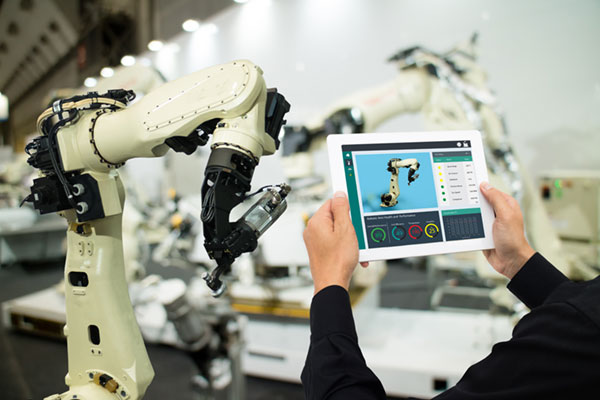
They are likely to become an integral component of Industry 4.0, also known as the Fourth Industrial Revolution. Additionally, it's probable that embedded systems will become so ubiquitous in our daily lives that we may no longer consciously recognize them."
The Takeaway
In summary, what exactly is an embedded system? It is a device that integrates hardware and software to execute specific task(s). A user interface (UI) is not always necessary, though some embedded systems may include one.
At their core, these systems are based on a microprocessor or a microcontroller. Currently, the majority of embedded systems go unrecognized in our daily lives, and this trend is expected to intensify. Looking ahead, we anticipate that embedded devices will become increasingly prevalent in the coming years.
References:
Barr Group. (n.d.). Embedded systems glossary: Embedded systems. https://barrgroup.com/embedded-systems/glossary-e
Lutkevich, B. (2020, December). Embedded system. IoT Agenda. https://www.techtarget.com/iotagenda/definition/embedded-system
Narayan, V. (2023, October 4). The future of IoT | Top 10 trends & predictions for 2023. ThinkPalm. https://thinkpalm.com/blogs/the-future-of-iot-top-10-trends-predictions-for-2023/

